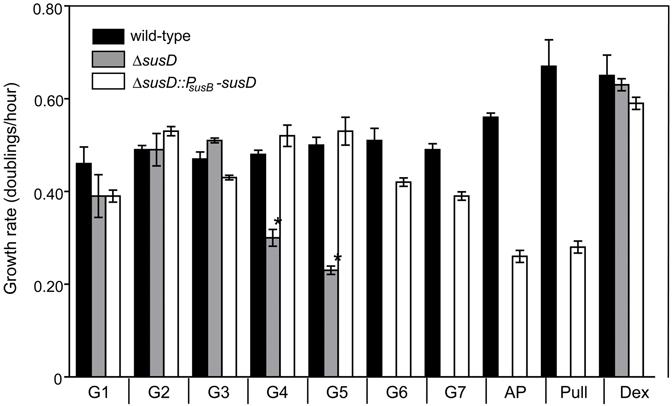Figure 2. Growth of Bacteroides thetaiotaomicron and derivative strains on starch-like oligosaccharides and polysaccarides.

Shown are the log-phase growth rates of wild-type, ΔsusD, and complemented ΔsusD (ΔsusD::PsusB-susD) strains on glucose (G1), maltooligosaccharides of varying length (G2-G7), amylopectin (AP), and pullulan (Pull) and dextran (Dex). The ΔsusD strain is unable to grow on substrates >5 glucose units and exhibits significantly slower rates on G4 and G5 compared to wild-type on the same substrates (P<0.01, denoted by an asterisk). Complementation with a single copy of susD (expressed at ∼10% of wild-type levels; see Fig. S1) restores either full or partial growth characteristics depending on substrate size.
